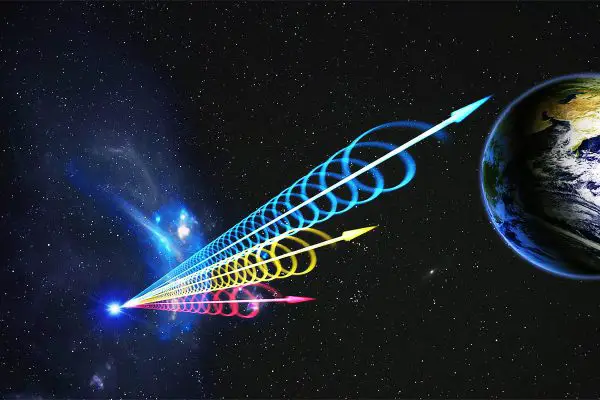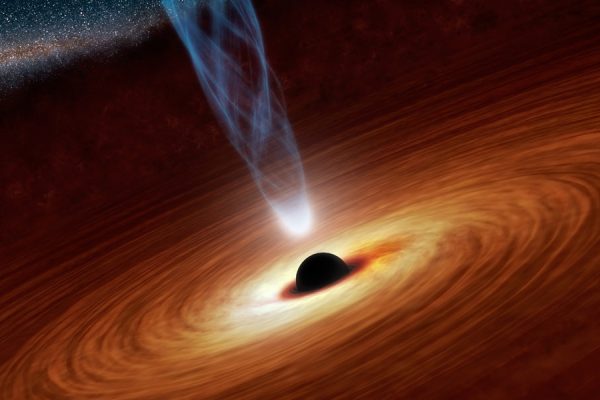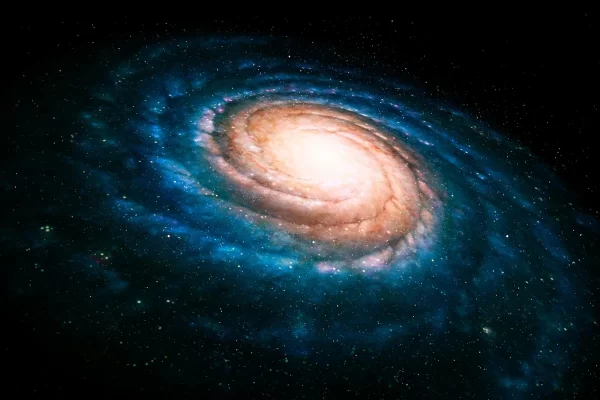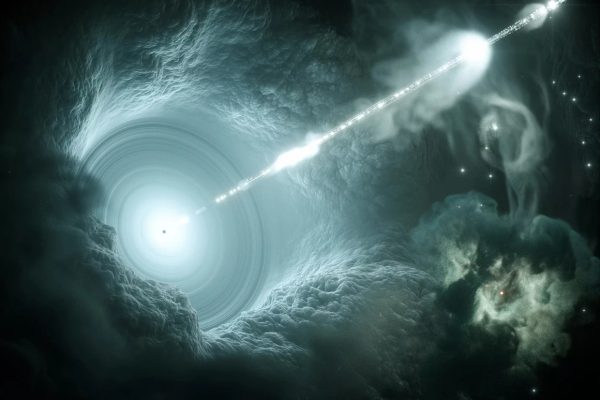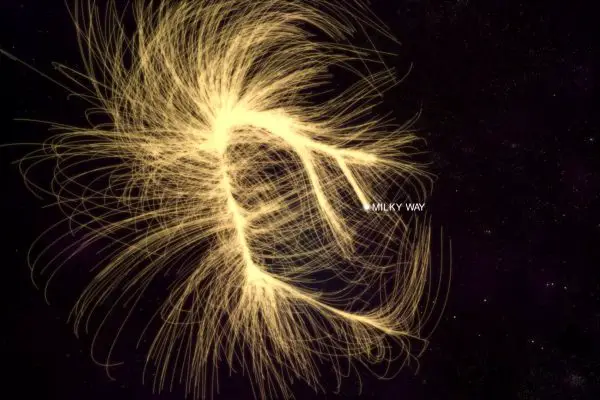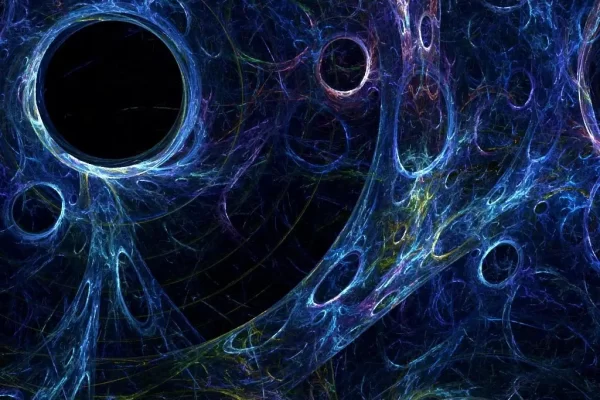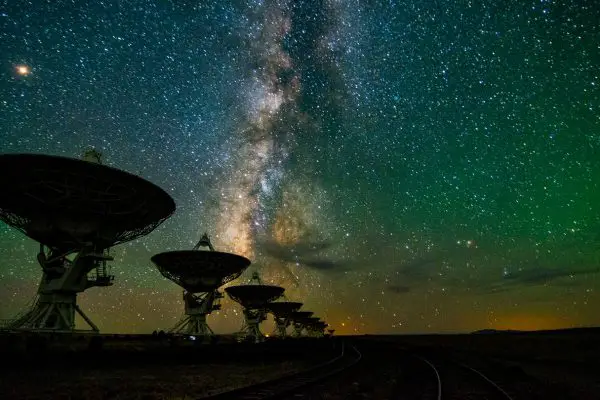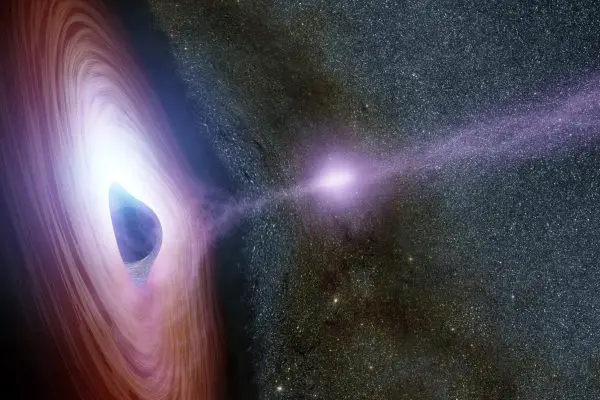
Astronomers watch black hole’s corona disappears and reforms in just months
A black hole’s corona vanished completely, then reformed—something never seen before in astronomy. Key Takeaways: Astronomers witnessed a black hole’s corona vanish and then rebuild itself for the first time. The disappearance caused the black hole’s brightness to drop by a factor of 10,000 in a year. Scientists suspect a star plunged into the black…
